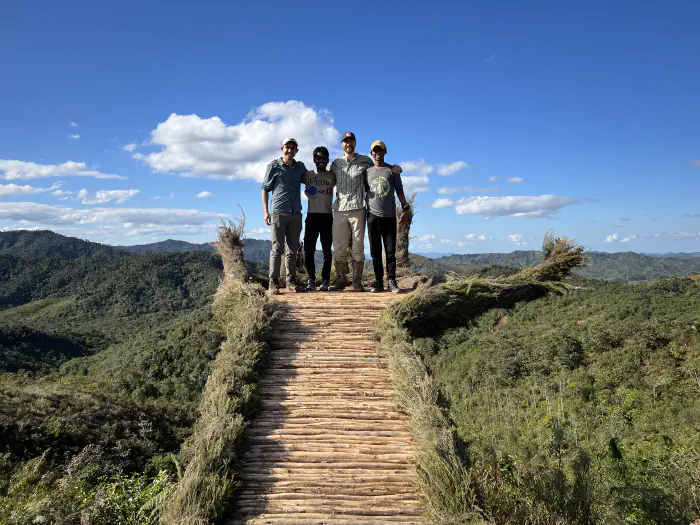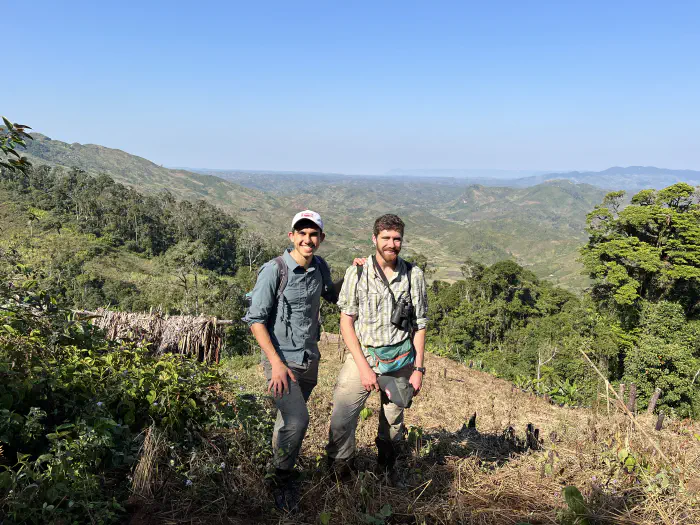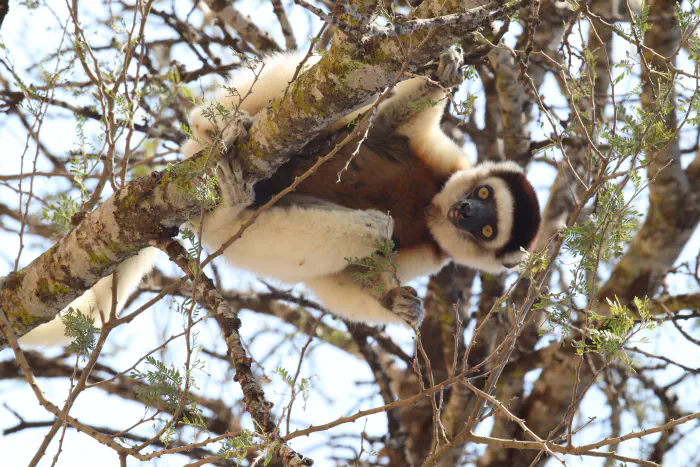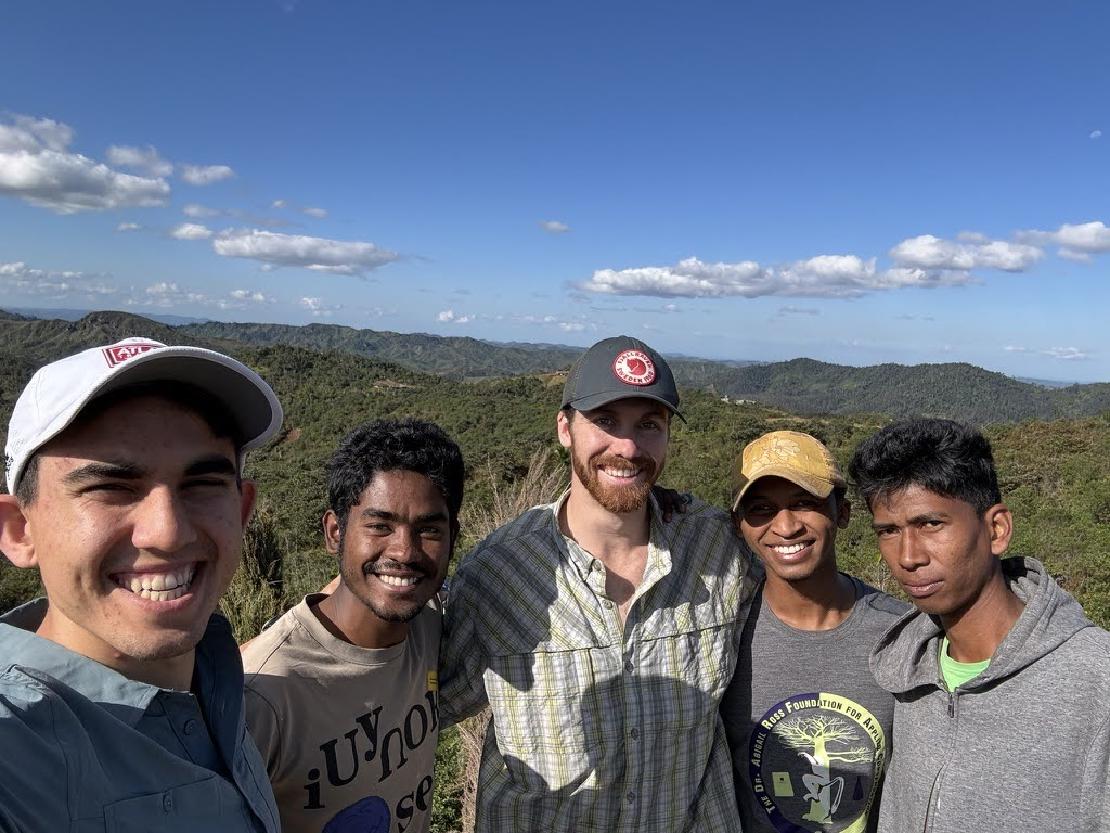A trip included vists to three protected area systems: Andasibe-Mantadia National Park, Ranomafana National Park, and Beza Mahafaly Special Reserve. At each location, we had arranged meetings with partners and stakeholders in conservation.
In Andasibe, this included researchers involved with the Mad Dog Initiative, the Abby Ross Foundation for Applied Conservation, and the EcoVision project. Together, they are working on reforesting a corridor between Anamalazoatra Special Reserve and Andasibe-Mantadia National Park, which would act as a vital artery for the wildlife of Madagascar’s Eastern Rainforest – a Lemur Superhighway.

Next, we stopped in Ranomafana National Park, which I had become fairly acquainted with during my PhD. Here our intent was again to understand a reforestation project, this one co-led by Centre ValBio and Christian Relief Services within and around the town of Ambodivoahangy. This also served as a chance for me to catch up with several important members of our Frog Climate team, including Mamitiana, Georges, and Michel.

We took a few fun tourist days, stopping at Park Anja (a hotspot for Lemur catta, the Ring-tailed lemur) alongside Frog Climate teammember Herizo. Then it was a one-night camping trip in the stunning Isalo National Park– which feels more like South Utah than South Madagascar.

Our final stop of Beza Mahafaly was a first visit to the Special Reserve for me, and a spectacular way to start! The Reserve features parcels of both evergreen gallery forest and deciduous spiny forest. Although I’m accustomed to hilly, rugose terrain and bodies of water causing high variation in vegetation, Beza Mahafaly is almost entirely flat, yet surprisingly diverse and complex. The view from the one hill in the park serves to show how much the landscape changes over just a few kilometers

And the lemurs here! There’s so many Lemur catta habituated to humans here, you pretty much are bored of them after a few days – luckily they’re not as big of kleptomaniacs as capuchins and macaques are. And the Reserve is known for is Verroux’s Sifaka, Propithecus verrouxi, which are beautiful, curious, and vibrant.

I’m intentionally not speaking too much of the research plans from this trip, as our ideas and plans are still pretty tentative – but expect more soon!
Head over the Gallery or my Instagram to see a few more photos from the trip!
